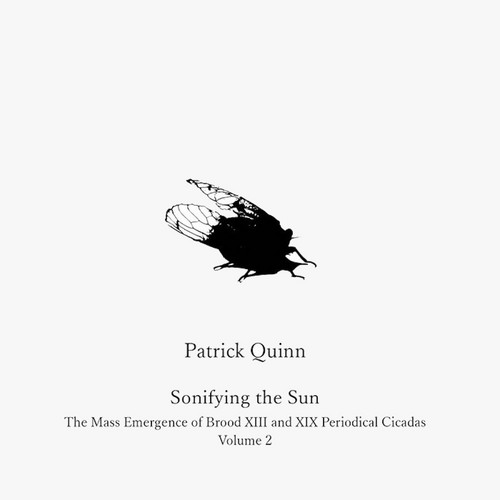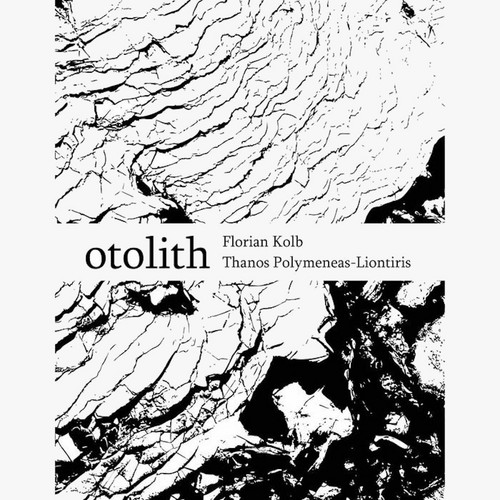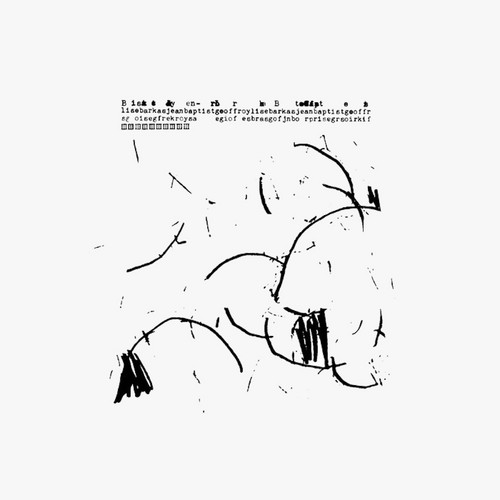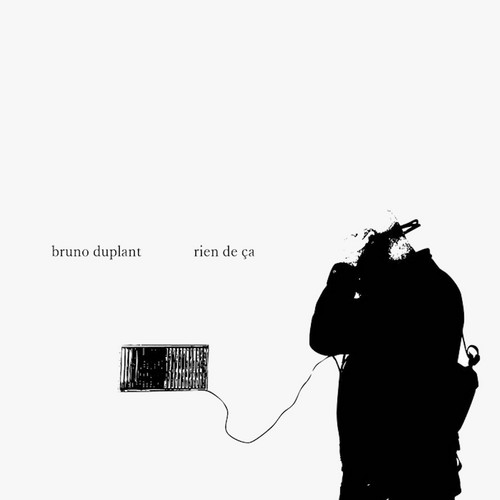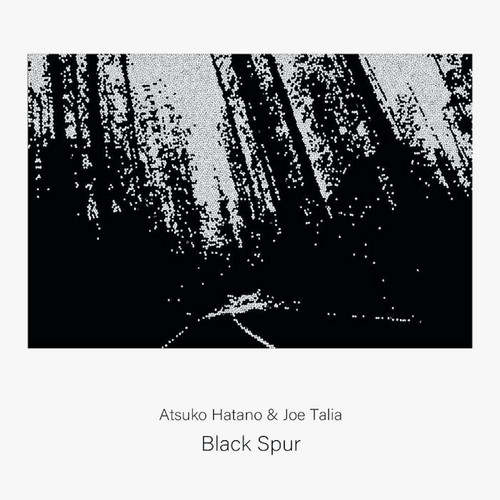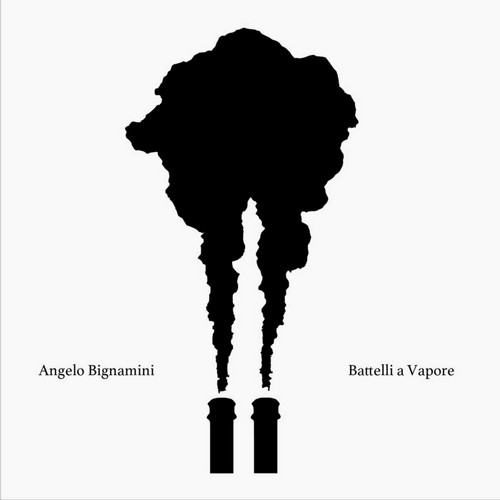★Zappak
Aura
Sound images collected in abstract tales: this is perhaps the aspect that emerges from the explorations of “Aura”, a research in which the continuous recoding of signs is drawn at the same time from the temptation of unlimited semiosis and the structural coherence of musical composition. These pieces reflect a working method that always starts from field recordings and concrete sounds. They may have been recorded in closed or open spaces, in cities or in natural places. Their subsequent digital …
A/Version
P'derrigerreo is a project by G Patrick Foley and Pierre Plantevin, who live in the United States. Although they look mysterious because they have released few works, they create very interesting sound collages with their unique sense. This work has the texture of a collage that seems to have been made using tape manipulation, and it reminds us the some eerie works of Nurse With Wound while changing their style from sound collage to noise acoustic, the precision of the electroacoustic compositio…
Culmus
Culmus (Latin for "stalk") marks the latest chapter in an ongoing collaboration that began in September 2023 and continues to evolve. As co-inhabitants of a shared ecological and mental space, Franki Wals and Chang Deng-yao navigate a sonic continuum that bridges the human and the non-human, creating a piece where electroacoustic improvisation productively meets the indeterminate resonances of wind-activated plant matter. These materials intertwine and form a subtly layered aural tapestry, where…
Fractured Landscape Vessels
Fractured Landscape Vessels is a collection of deconstructed sonic ceramics. Each of the four pieces is a vessel containing interconnected vignettes of space and place. Inspired by local Cornish landscapes and the drift and drag of everyday life, the work fractures field recordings of various terrain through manipulated gestures and performance. In doing so the process has created an exhibition of partial scenes, obscured photographs and fragmented pieces put back together.
Heavy Cloud is a pro…
Glaciers
Thorsten Soltau is a Germany-based artist who has been working since 2009. Until now his works were released on labels focusing on noise/soundscape such as Auf Abwegen, Gerauschmanufaktur, Chondritic Sound, Sentimental Productions, and so on. Glaciers, dedicated to his lost friend, is a 31.5 minutes long piece and it is filled with ambience and electronic drone. The tones are sometimes gentle and warm, and sometimes melancholy. There are sounds of objects, voices, electronic sounds, and various …
Khao Sok Extension
In 2016, Berlin-based artist Andrew Pekler travelled to Thailand and visited Khao Sok National Park where he gathered field recordings and recorded video footage of the park's flora and fauna. Some of excerpts of this material was used in the compositions and live presentation of Pekler's album “Tristes Tropiques”, released on the Faitiche label in 2016. Two years later, Pekler further processed, edited and mixed the materials to create the one-hour long audio-visual piece “Khao Sok Extension”.A…
DUO
Yukiko Shiina Sakurazawa and Kon Okuma’s DUO, distills collaboration to its most elemental form. Through piano, reeds, and silence, the album traces an unfolding conversation where each phrase is both response and provocation, moving between fragility, tension, and fleeting union.
Diastrophism Dance
Kaori Komura and Yutaka Hirose’s Diastrophism Dance, renders the Earth’s slow violence as sound. Combining environmental recordings, electronics, and acoustic fragments, it transforms geological tension into choreography—a meditation on tectonic movement, fragility, and endurance.
Particles and Waves
Takashi Masubuchi and Yosuke Morone’s Particles and Waves, drifts between gesture and suspension. With guitar, electronics, and tape fragments, the duo render vibration itself as material—each piece a study in how the smallest sonic particle can shape an immense aural field.
Idiorrythmie
Shuta Hiraki and Shuma Ando’s idiorrythmie, examines the art of moving together apart. Through fractured beats, drone layers, and asymmetrical pauses, it turns musical structure into a study of parallel autonomy—two voices in orbit, touching only at unexpected points.
(Kiku (sense) the [drawing + sound]) 描奏をきく
Shiori Sasaki’s 描奏をきく (Kiku (sense) the [drawing + sound]), transforms visual gesture into an audible world. Merging live drawing with acoustic improvisation, it invites the listener into a synesthetic space where ink lines and sonic textures share the same breath.
Sonifying the Sun: The Mass Emergence of Brood XIII and XIX Periodical
Patrick Quinn’s Sonifying the Sun: The Mass Emergence of Brood XIII and XIX Periodical Cicadas, blurs the boundary between scientific observation and ecstatic sound art. Using data sonification and field recordings, it shapes the cicadas’ cosmic rhythm into a resonant meditation on time, light, and collective life cycles.
Otolith
Florian Kolb and Thanos Polymeneas-Liontiris’s otolith is a deep dive into the body’s hidden navigational systems. Translating sonic vibration into a study of balance and disorientation, it shifts between seismic lows and crystalline highs, mapping an aural terrain of tilt, sway, and sensory recalibration.
Notions de Confort
Lise Barkas and Jean-Baptiste Geoffroy’s Notions de Confort is a provocative dismantling of musical ease. Rooted in improvisation yet fractured by raw timbres and spatial instability, it turns comfort into an elusive mirage—challenging the listener to question habitual listening.
Rien de ça
Bruno Duplant’s Rien de ça is a sparse and spectral meditation on presence through absence. Built from near-silences, fractured tones, and shifting aural shadows, it listens like an eroded diary—each sound a ghost of intent, each pause a deliberate, resonant void.
Black Spur
Atsuko Hatano and Joe Talia converge on Black Spur, translating improvisational dialogue into a landscape of flickering tonal mirages. The album bends cello, percussion, and electronics into dark, cinematic forms—meditative, unpredictable, and haunted by unresolved tension.
Battelli a Vapore
Angelo Bignamini, Italian sound artist, presents "Batelli a Vapore," inspired by Rimbaud's "Le Bateau ivre." Gentle noise, subtle melodies, and quiet voices evoke poetic journeys, ending with a serene guitar, closing the lyrical narrative.
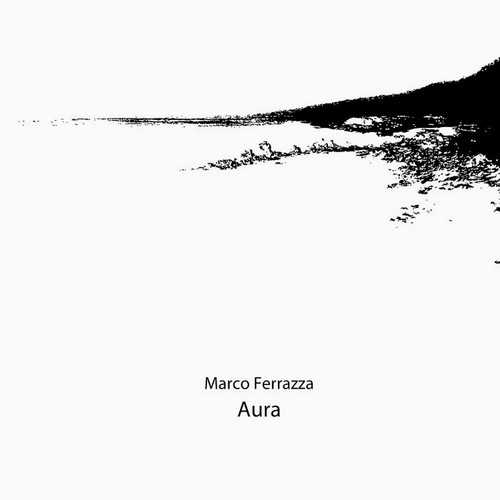
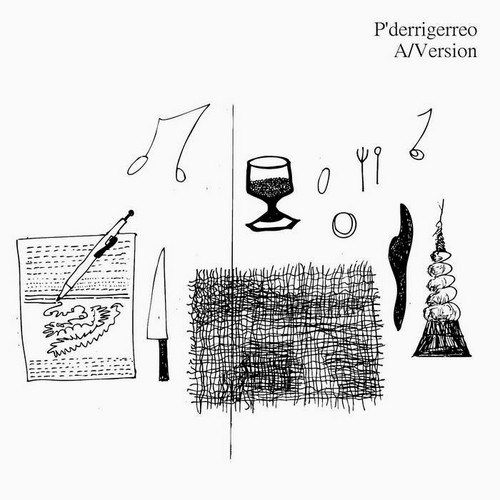
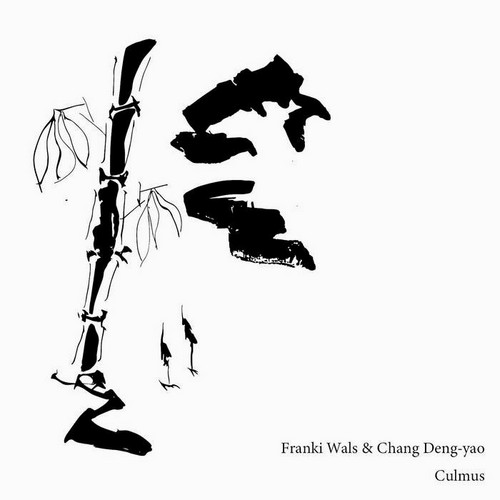
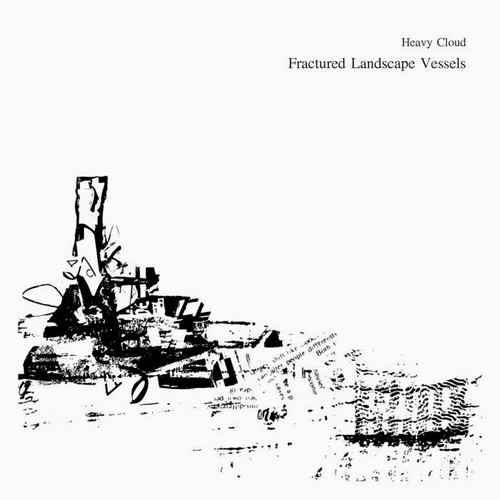
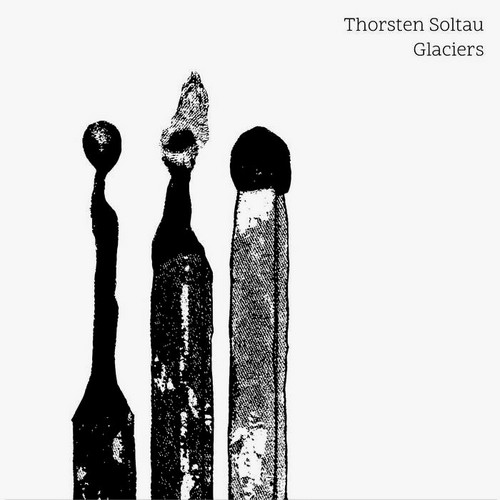
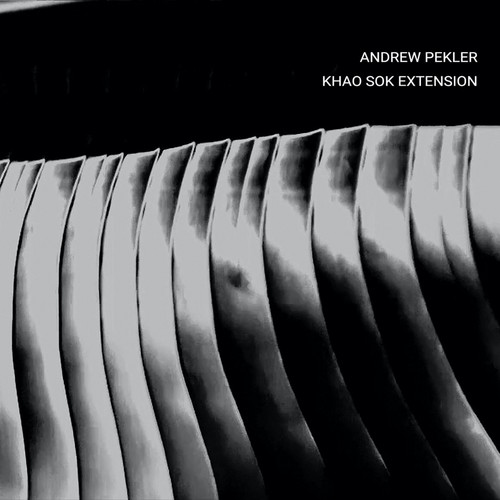

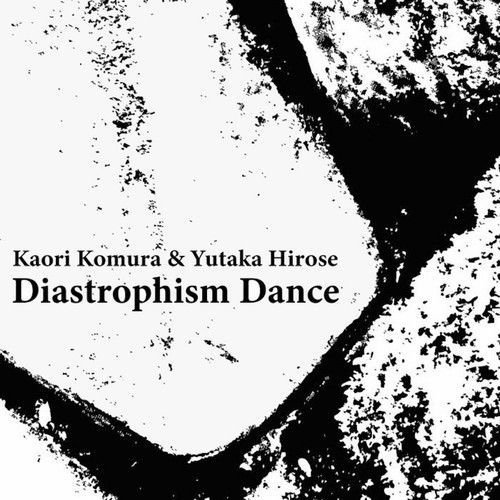
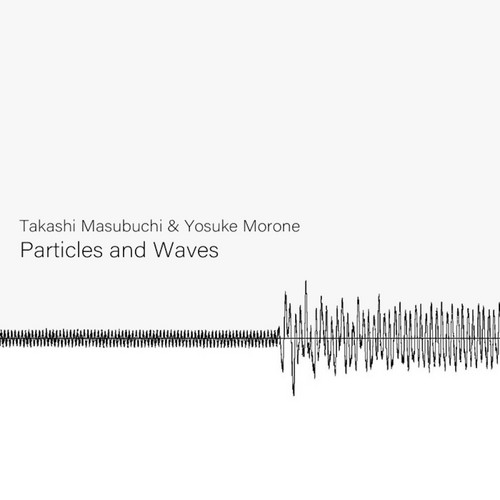
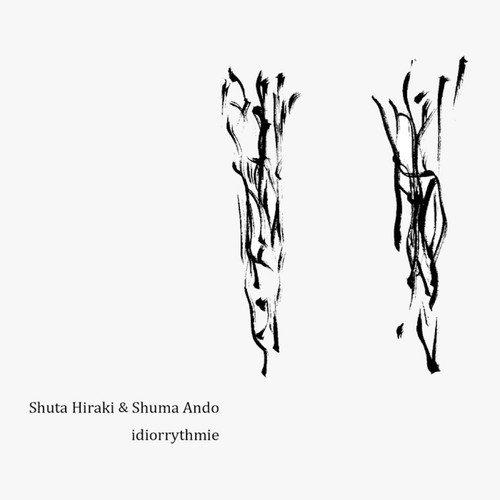
![(Kiku (sense) the [drawing + sound]) 描奏をきく](https://cdn.soundohm.com/data/products/2025-10/Kiku-sense-jpg.jpg.500.jpg)
